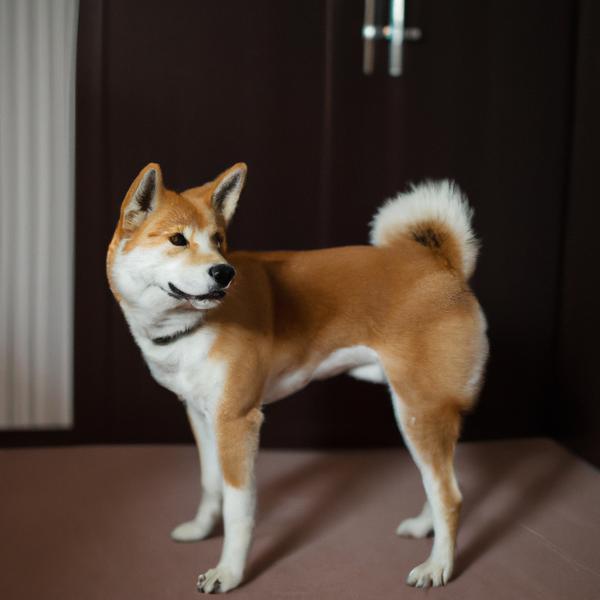Eskenji vs. Frenchie Labrador: Breed Differences and Similarities
Hypoallergenic
Are Eskenjis or Frenchie Labradors hypoallergenic, or neither?
Unfortunately, neither Eskenji nor Frenchie Labrador are hypoallergenic, which may not make them the best choice for dog lovers who suffer from pet allergies.
Temperament
What are the personalities of Eskenji and Frenchie Labrador dogs?
Curious
Playful
Independent
Energetic
Protective
Alert
Intelligent
Friendly
Affectionate
Playful
Loving
Energetic
Alert
Intelligent
Friendly
Responsive
Affectionate
Patient
Loyal
Lively
Gentle
Going
Social
Keen
Cheerful
Easygoing
Athletic
Bright
Shedding Level
Do Eskenjis shed more than Frenchie Labradors, or which breed sheds more, Eskenjis or Frenchie Labradors?
Eskenji or Frenchie Labrador dogs are not heavy shedders, but they will lose a significant amount of hair each year. To decrease the amount of shedding, you can regularly brush your Eskenji or Frenchie Labrador. This will remove loose hair and keep their coat growing in the same direction.
Origin
What is the origin of Eskenji and Frenchie Labrador dog breeds?
United States
United States
Ancestry
What are the origins of Eskenji and Frenchie Labrador breeds?
Basenji , American Eskimo
Labrador Retriever and French Bulldog
Date of Birth
When were Eskenji and Frenchie Labrador breeds first developed?
Unknown
Eye Color Possibilites
What are the eye colors of Eskenji and Frenchie Labrador dogs?
Brown
Brown
Nose Color Possibilites
What are the natural nose colors of Eskenji and Frenchie Labrador?
Black
Black
Coat Color Possibilites
What are the natural colors of the coat for Eskenji and Frenchie Labrador breeds?
Brindle
Black
White
Cream
Black
Cream
White
Fawn
Brindle
Coat Length
What is the typical coat length for Eskenji and Frenchie Labrador breeds?
Eskenjis have longer coats compared to most dogs.
Frenchie Labradors have coats that can be either short or medium in length.
Coat Density
What is the density of the coat of Eskenji and Frenchie Labrador?
Coat Texture
What is the hair texture of Eskenji and Frenchie Labrador?
Straight
Litter Size
What is the usual litter size for Eskenji and Frenchie Labrador?
An Eskenji can have a litter of 4-6 puppies on average. However, it's worth noting that the size of the litters can vary greatly. Factors that can influence litter size include the health of the mother, breeding history, and genetics.
A Frenchie Labrador can have a litter of 5-10 puppies on average. However, it's worth noting that the size of the litters can vary greatly. Factors that can influence litter size include the health of the mother, breeding history, and genetics.
Adaptability
Eskenjis have average adaptability to changes in lifestyle and living environments compared to other breeds.
Frenchie Labradors are highly adaptable and versatile, making them excellent companions for families and individuals of all lifestyles.
Health Issues
Between Eskenji and Frenchie Labrador, which breed is more prone to health problems?
Eskenji and Frenchie Labrador breeds are generally considered to be healthy. However, like all breeds, they are susceptible to certain health issues and it is important to keep an eye out for them and address them with your veterinarian as needed.
Major Concerns
What are the major health concerns for Eskenji and Frenchie Labrador breeds?
Hip Dysplasia
Hypothyroidism
Legg-Calve-Perthes Disease
Progressive Retinal Atrophy (PRA)
Gastric Torsion
Pulmonic Stenosis
Epilepsy
Brachycephalic Syndrome
Skeletal/Joint Conditions
Minor Concerns
What minor health issues should be kept in mind when owning Eskenji and Frenchie Labrador?
None
Otitis Externa
Hypothyroidism
Atopic Dermatitis
Eye Conditions
Occasional Tests
What occasional tests are recommended for Eskenji and Frenchie Labrador breeds?
X-Rays
CT Scan
Eye Examination
Physical Examination
Blood Work
Lab Tests
Biopsy
Neurological Examination
Internal Imaging (x-ray, CT scan, MRI, etc.)
Blood And Urine Analysis
Orthopedic Exam
Hormone Analysis
Cardiac Test
Clinical Exam
Social Needs
Eskenji vs Frenchie Labrador social needs comparison
Eskenji has above average social needs and thrives with interaction with humans and other dogs.
Frenchie Labrador has very high social needs and requires regular mental and physical stimulation, a job or purpose, and companionship.
Sleeping Need
Which of the two sleeps the most/least: Eskenji or Frenchie Labrador?
Eskenjis are active and require sufficient sleep to stay healthy.
Frenchie Labradors sleep less than other breeds but still need adequate sleep for good health.
Mouthiness
Mouthiness Comparison: Eskenji vs Frenchie Labrador?
Roaming urge
Eskenji vs Labrador: Running away tendency?
Prey Drive
Eskenji or Frenchie Labrador - which breed has a higher level of prey drive?
Activity Level
Which breed has higher energy, Eskenjis or Frenchie Labradors?
Eskenjis are high-energy dogs. They need mental as well as physical exercise. These dogs require a lot of your involvement and without it they can, and will, become problematic dogs.
Frenchie Labradors are medium-energy dogs and typically enjoy socializing and playing casual or even sustained games of chase with other dogs. They may also have occasional periods of barking or racing around the house.
Tolerance of being left alone
Walks per Week
How many miles should Eskenji or Frenchie Labrador walk each week?
There's really no limit to how far you walk your dog as long as they're comfortable. For Eskenji, it's at least 14 miles / week. Just remember to build distance and stamina gradually over time.
There's really no limit to how far you walk your dog as long as they're comfortable. For Frenchie Labrador, it's at least 7 miles / week. Just remember to build distance and stamina gradually over time.
Activity per Day
Do Eskenjis or Frenchie Labradors require more exercise?
In general most Eskenjis usually need at least 90 minutes of exercise daily. This can be spread across the day and include all sorts of high-energy activities, like walking, running and playing.
In general most Frenchie Labradors usually need at least 60 minutes of exercise daily. This can be spread across the day and include all sorts of high-energy activities, like walking, running and playing.
Grooming
Which breed is easier to maintain in terms of grooming, Eskenjis or Frenchie Labradors?
Eskenji and Frenchie Labrador are breeds of dogs that are known for their low grooming needs.
Brushing Frequency
What is the recommended brushing frequency for Eskenji and Frenchie Labrador dogs?
Eskenji and Frenchie Labrador should be brushed at least once a week. Of course, you can give them more frequent brushes if you find that they are still shedding a lot.
Brushing Tools
What brushing tools are used for Eskenjis and Frenchie Labradors?
Pin Brush
Slicker Brush
Comb
Nail Clipper
Pin Brush
Slicker Brush
Comb
Nail Clipper
Cups
How much food should be given to Eskenji or Frenchie Labrador in cups?
Eskenji and Frenchie Labrador share the same recommended daily food intake of 3 cups, although the appropriate quantity may vary depending on the quality and nutritional content of their food.
Daily Cost
Which breed has a higher daily cost, Eskenji or Frenchie Labrador?
Eskenji and Frenchie Labrador have a similar average daily cost of around $1.70 - $2.00.
Monthly Cost
Which breed has a higher monthly cost, Eskenji or Frenchie Labrador?
When it comes to monthly expenses, both Eskenji and Frenchie Labrador have a similar average cost, ranging from $48 - $63. This results in an average yearly cost of around $576 - $756.
Sensitivity Level
How do Eskenji and Frenchie Labrador compare in sensitivity?
These breeds are more sensitive than others and easily overwhelmed by new surroundings and people. Eskenji and Frenchie Labrador need gentle handling and a calm, stable home environment with positive reinforcement training.
Apartment Friendly
Which breed is more apartment-friendly: Eskenji or Frenchie Labrador?
Eskenji and Frenchie Labrador are apartment-friendly dog breeds. They can do perfectly well in apartments providing they are sufficiently exercised and taken out and about as part of their owner's daily lifestyle.
Child Friendly
Do Eskenjis or Frenchie Labradors have a friendlier temperament towards children?
Eskenji and Frenchie Labrador are kid-friendly dogs. They are good with children and excellent dogs with children if they are socialized and trained at a young age.
Senior-friendly
Which dog is more suitable as a pet for the elderly - Eskenji or Frenchie Labrador?
Cat Friendly
Do Eskenji or Frenchie Labrador breeds have a better compatibility with cats?
Eskenjis and Frenchie Labradors are an average cat friendly dog. They do well with cats, even more if raised together from puppyhood.
Dog Friendly
Which breed is more sociable with other dogs: Eskenji or Frenchie Labrador?
Eskenjis are average in their friendliness towards other dogs, and socialization can help.
Frenchie Labradors are friendly and active companions, and can be good family pets, though their friendliness towards other dogs may vary.
Pet friendly
How do Eskenji or Frenchie Labrador dogs interact with other pets?
Stranger Friendly
Which breed is more friendly with strangers: Eskenji or Frenchie Labrador?
Eskenjis are quick to announce strangers and can be standoffish or suspicious.
Frenchie Labradors are highly friendly around strangers.
Playfulness
Which breed is more playful between Eskenji and Frenchie Labrador?
Eskenji and Frenchie Labrador are playful dogs. So, no matter how busy the day may get, the best thing you can do for Eskenji and Frenchie Labrador is to make time each day to play. It can be as little as 15-20 minutes, and it will mean the world to them.
Trainability
How do the trainability levels of Eskenjis and Frenchie Labradors compare?
Eskenji and Frenchie Labrador dogs are known for their ease of training and ability to learn quickly, making them a popular choice for pet owners and trainers alike.
Compare Eskenji with other breeds

Muggin
Eskenji vs Muggin

Dane Shepherd
Eskenji vs Dane Shepherd
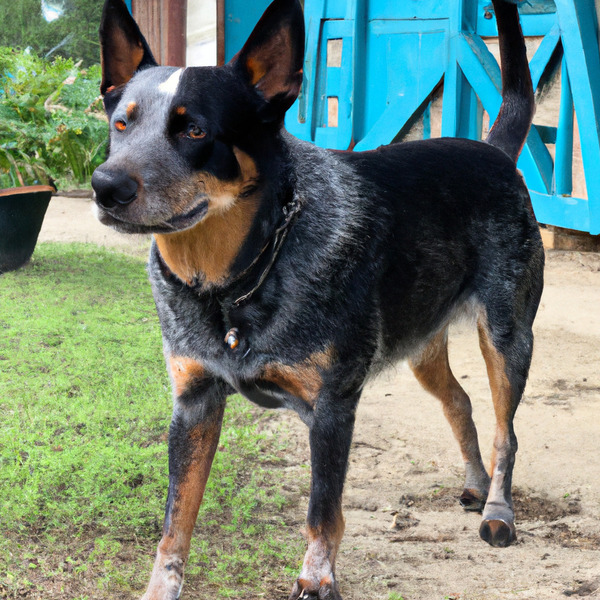
Texas Heeler
Eskenji vs Texas Heeler
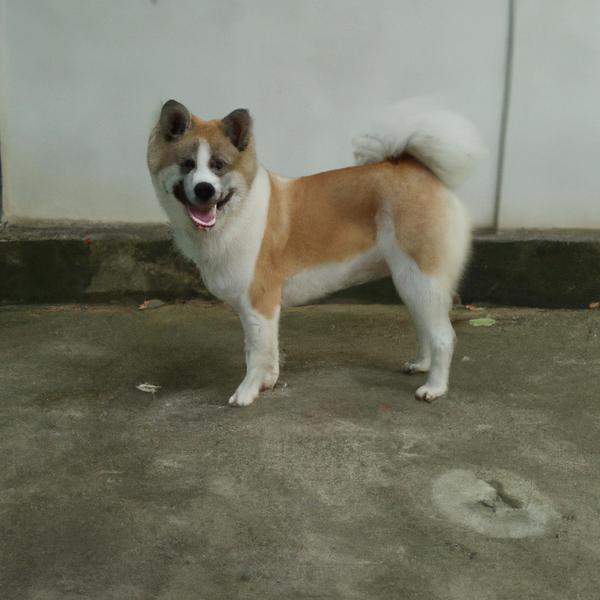
Baskimo
Eskenji vs Baskimo
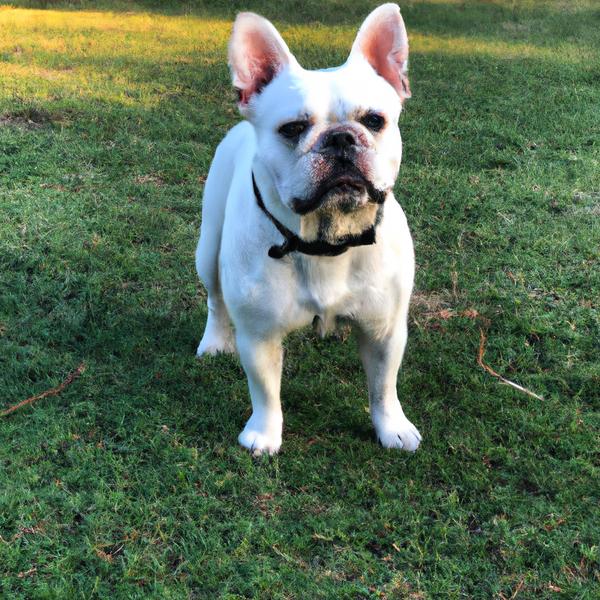
Frenchie Labrador
Eskenji vs Frenchie Labrador

Malchi
Eskenji vs Malchi
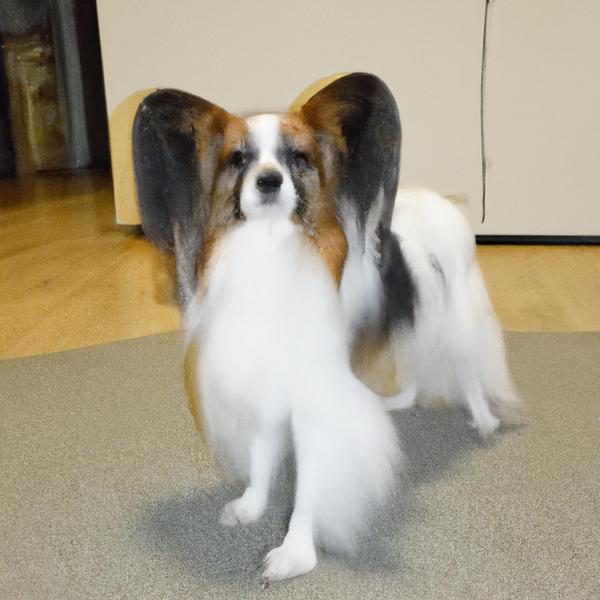
Papillon
Eskenji vs Papillon
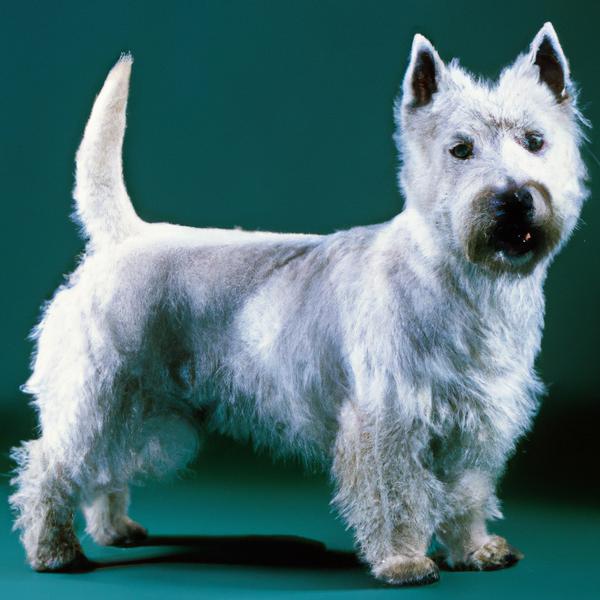
West of Argyll Terrier
Eskenji vs West of Argyll Terrier

Pugalier
Eskenji vs Pugalier

Tibetan Mastiff
Eskenji vs Tibetan Mastiff
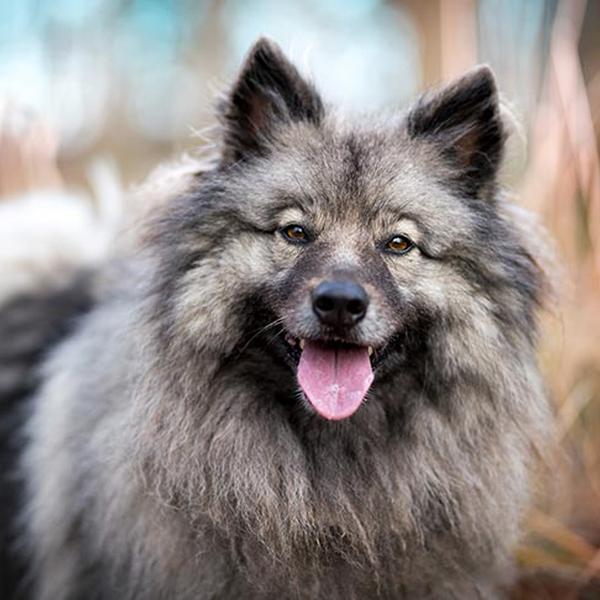
Keeshond
Eskenji vs Keeshond
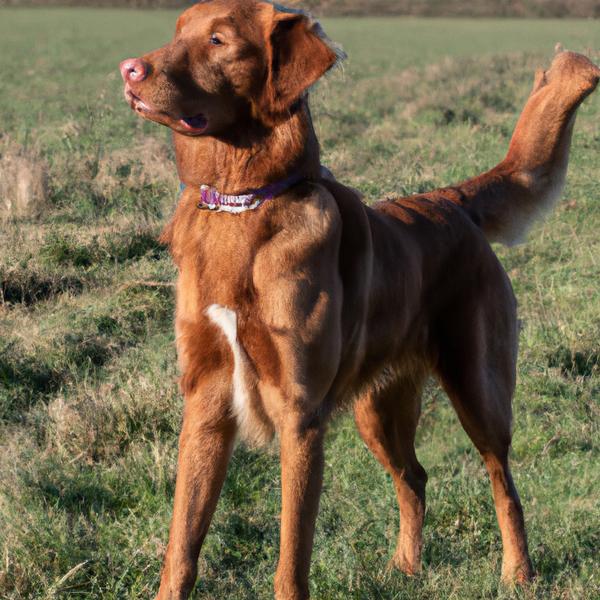
Chatham Hill Retriever
Eskenji vs Chatham Hill Retriever
